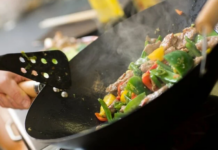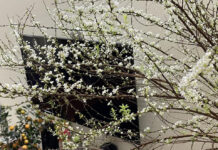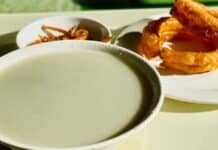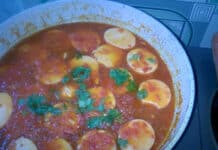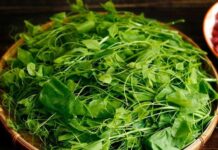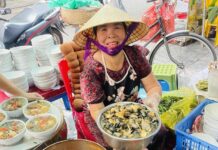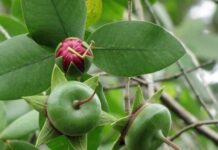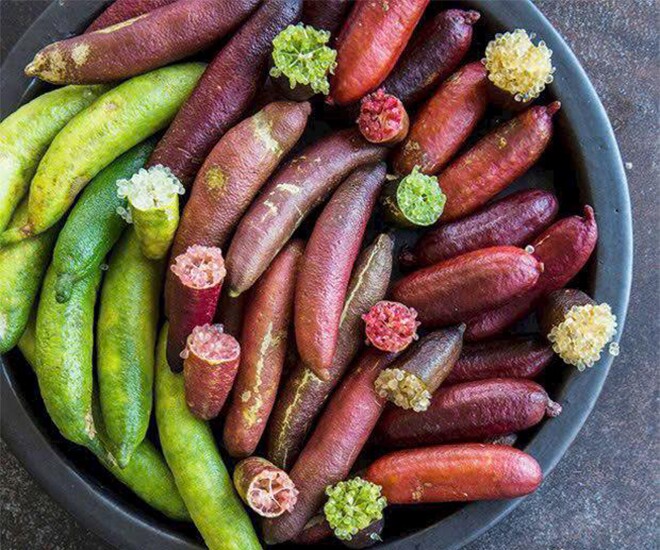
Finger lime, originating from Australia, is one of the six native citrus varieties of the country. Historically, it grew wild in the eastern coastal forests of Australia or was cultivated by locals as a hedge. Initially, finger lime was harvested solely as a rustic seasoning.
Over time, its distinctive flavor and striking appearance elevated it to a premium fruit, featured on the menus of upscale restaurants in Europe, Japan, and the United States. At its peak, finger lime was priced as high as $300 per kilogram.
The fruit is cylindrical, measuring 5–10 cm in length, with a thin, juicy skin. Each fruit contains numerous spherical segments that release tiny, bursting pearls when gently squeezed, creating a unique popping sensation in the mouth. Its flavor is more tart than regular lime but boasts a delicate aroma and a subtle sweet aftertaste, making it an ideal pairing for seafood, salads, or as a gourmet garnish to elevate dishes.
Today, finger limes are recognized in 24 distinct colors, ranging from green, yellow, red, and pink to brown and orange, cementing their status as a culinary gem.
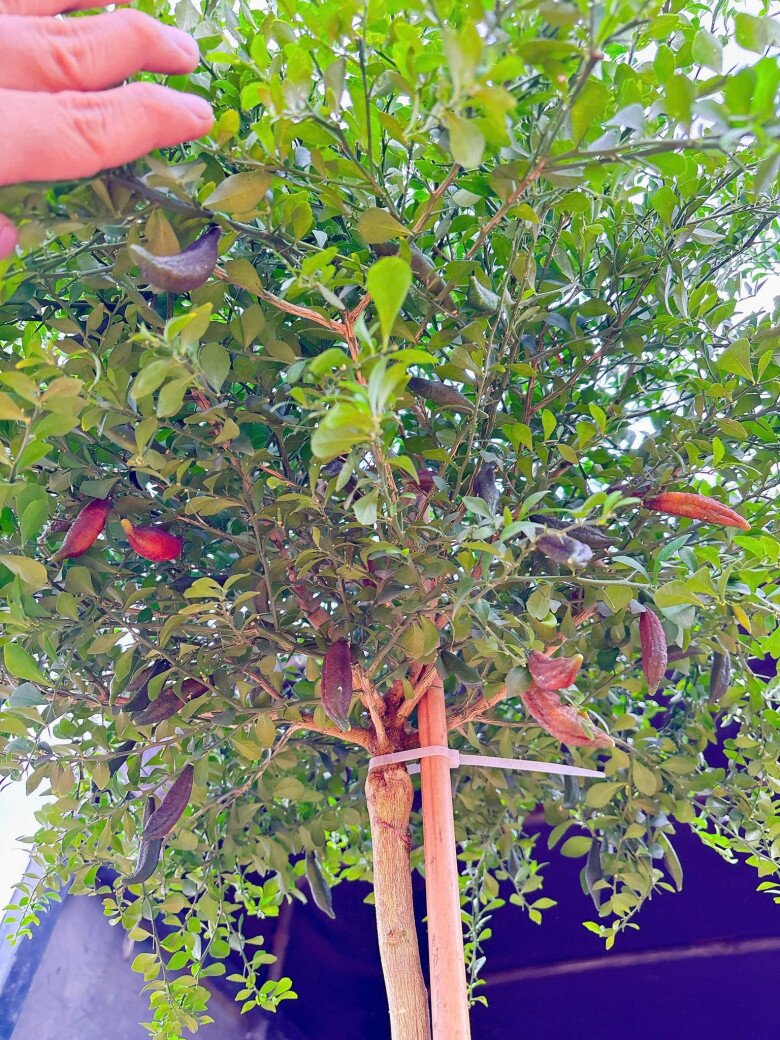
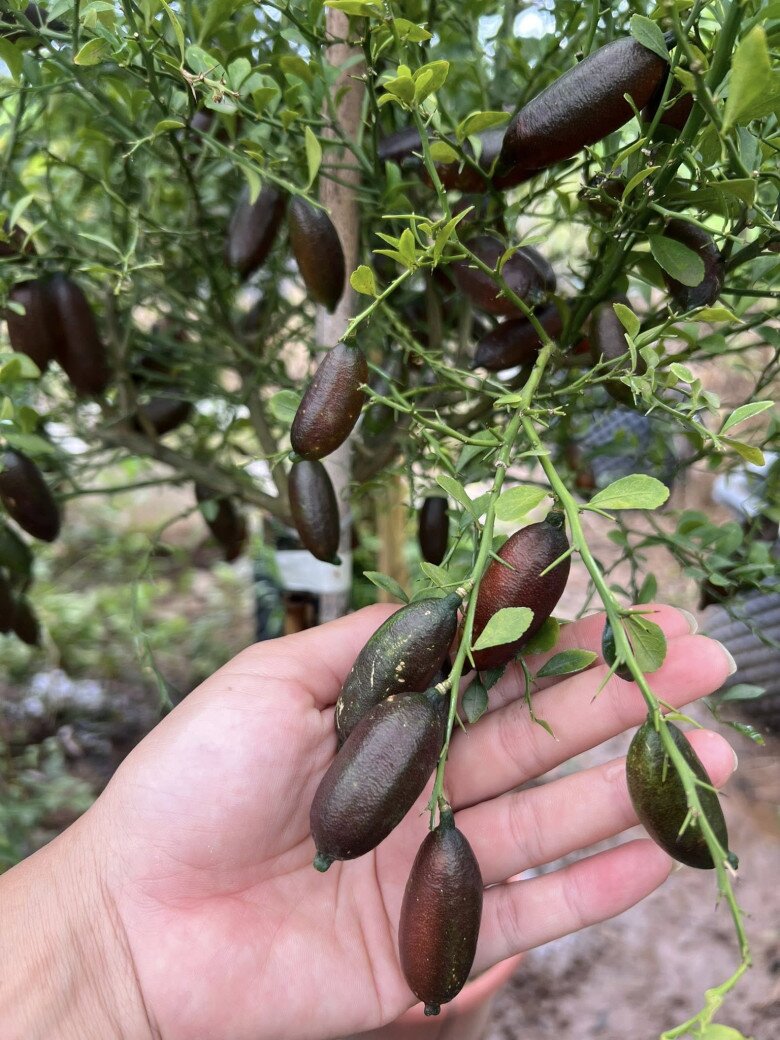
Recently, some Vietnamese farmers have successfully cultivated finger lime. Compared to imported varieties, locally grown finger limes are significantly more affordable (ranging from $13 to $26 per kilogram, depending on the season) while still captivating consumers with their vibrant colors and unique flavor.
Finger limes can be grown using two primary methods: grafting and seed sowing. Grafting results in faster growth, better weather resistance, and fruiting within 10–15 months, depending on care techniques. Fruits typically meet standards five months after flowering. Seed-grown trees take longer, requiring 4–5 years to fruit, but this method is still used to preserve purebred varieties.

The choice of grafting rootstock depends on the climate. In the flood-prone Mekong Delta, farmers graft finger lime with flood-tolerant varieties like purple-flowered lime or paperbark lime, ensuring robust growth and consistent fruiting. In arid regions, trifoliate orange is used to enhance drought resistance.
Among the various colors, green and white finger limes are the most commercially cultivated. These varieties offer a stronger aroma, richer flavor, and faster fruiting compared to others. Peak harvest season runs from December to April, with fruits reaching 8–12 cm in length, 2–3 cm in diameter, and yielding 80–100 fruits per kilogram. At five years old, a single tree can produce up to 20 kg of fruit annually, offering substantial profits for growers.
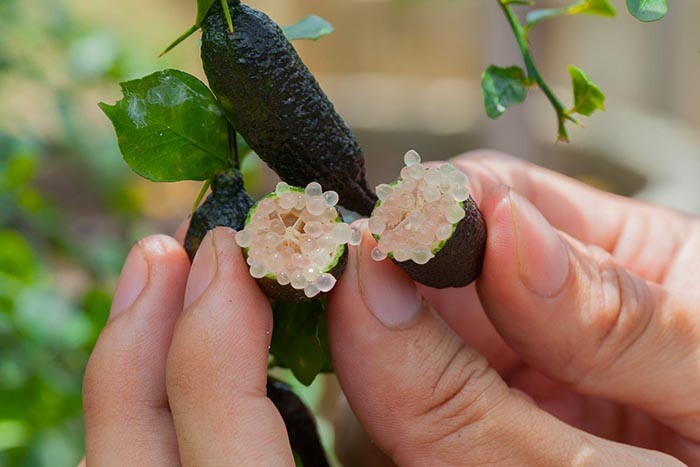
Beyond fruit sales, many vendors offer finger lime seedlings for $4–$7 each. Enthusiasts purchase these unique plants to grow in gardens or on balconies, enjoying both their ornamental value and seasonal harvests. While not difficult to cultivate, successful growth requires understanding the plant’s characteristics and providing adequate water and nutrients for optimal development and timely fruiting.







